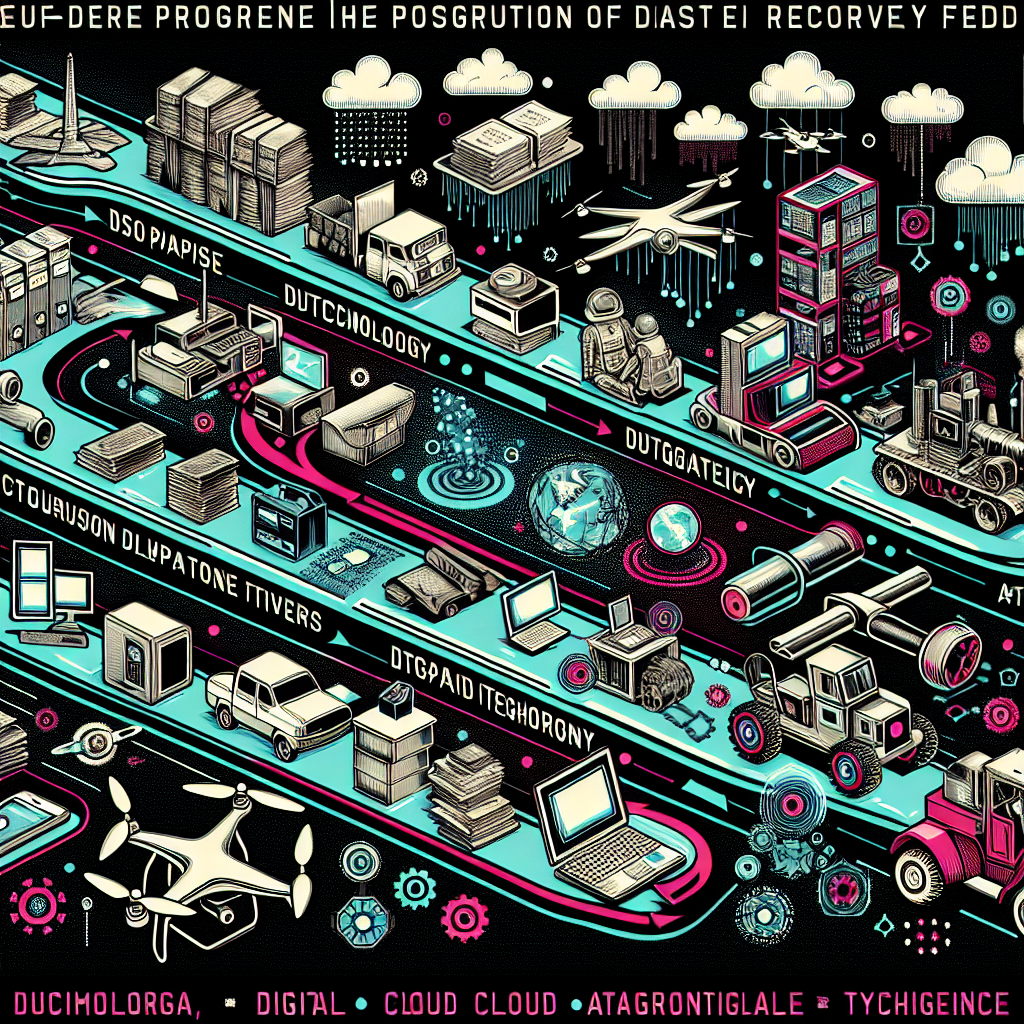Your cart is currently empty!
The Evolution of Disaster Recovery: Trends and Innovations in the Field

Disaster recovery has always been an essential aspect of business continuity planning. As technology continues to advance, the field of disaster recovery has also evolved to keep pace with the changing landscape of potential threats and risks. In recent years, there have been several trends and innovations that have transformed the way organizations approach disaster recovery.
One of the most significant trends in disaster recovery is the shift towards cloud-based solutions. Cloud computing offers a cost-effective and scalable way to store and backup data, making it an attractive option for organizations looking to enhance their disaster recovery capabilities. By leveraging the cloud, businesses can ensure that their critical data is always accessible and secure, even in the event of a disaster.
Another key trend in disaster recovery is the adoption of virtualization technology. Virtualization allows organizations to create virtual copies of their servers and applications, making it easier to recover data and systems in the event of a disaster. Virtualization also enables businesses to test their disaster recovery plans more effectively, ensuring that they are prepared for any potential scenario.
In addition to these trends, there have been several innovations in the field of disaster recovery that are reshaping the way organizations approach resilience planning. One such innovation is the use of artificial intelligence and machine learning to improve disaster recovery processes. These technologies can help organizations identify potential threats and vulnerabilities, automate recovery processes, and analyze data to improve overall resilience.
Another innovation in disaster recovery is the use of data analytics to improve decision-making and response times during a disaster. By analyzing historical data and trends, organizations can better predict potential risks and develop more effective recovery strategies. Data analytics can also help organizations identify areas for improvement in their disaster recovery plans, ensuring that they are always prepared for any eventuality.
As the field of disaster recovery continues to evolve, it is essential for organizations to stay ahead of the curve and embrace these trends and innovations. By leveraging cloud-based solutions, virtualization technology, artificial intelligence, and data analytics, businesses can enhance their resilience and ensure that they are prepared for any disaster that may come their way. The evolution of disaster recovery is an ongoing process, and organizations that adapt and innovate will be better equipped to navigate the challenges of an increasingly complex and unpredictable world.

Leave a Reply